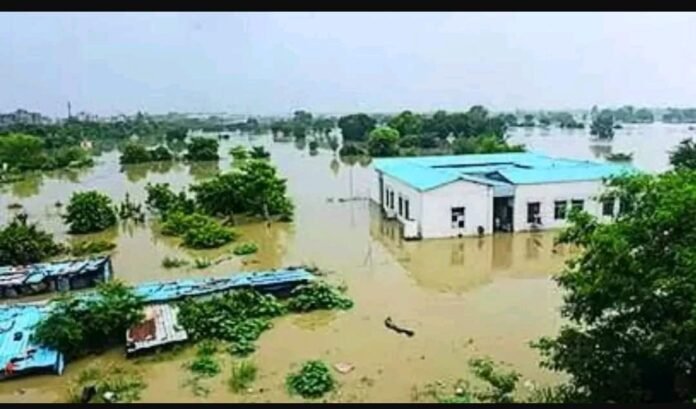Introduction:
The northern states of India have been grappling with relentless monsoon rains for the past six days, resulting in a growing number of casualties. The death toll surged to 150 on Thursday, with an additional 34 lives tragically lost in the last 24 hours. The region continues to battle the devastating impact of the monsoon, with rescue and relief operations intensifying to mitigate further damage and safeguard lives.
Unprecedented Rainfall and its Devastating Consequences:
The torrential downpours have wreaked havoc across the affected states, causing widespread flooding, landslides, and infrastructure damage. Residents have been grappling with the aftermath of the unrelenting rains, which have triggered a multitude of challenges, including disrupted transportation, power outages, and waterlogging.
Emergency Response Efforts:
In light of the escalating crisis, authorities have been working tirelessly to carry out rescue and relief operations. Disaster response teams, including local authorities, National Disaster Response Force (NDRF), and other agencies, have been mobilized to provide immediate assistance to affected communities. Efforts are focused on evacuating stranded individuals, providing medical aid, and restoring essential services.
Infrastructure Damage and Disrupted Connectivity:
The extensive rainfall has inflicted severe damage on roads, bridges, and other critical infrastructure, hampering connectivity in several areas. Landslides triggered by the incessant downpour have further compounded the situation, making access to remote regions even more challenging. Repair and restoration work is underway, aiming to restore vital transport links and reconnect affected communities.
Impacts on Agriculture and Livelihoods:
The agricultural sector, a lifeline for many in the region, has also borne the brunt of the monsoon fury. Crops have been submerged, leading to extensive losses for farmers and posing a threat to food security. Livestock and animal husbandry have also been severely affected, amplifying the economic hardships faced by rural communities.
Community Support and Aid:
In the face of this crisis, local communities, non-governmental organizations (NGOs), and volunteers have rallied together to extend a helping hand. They are actively engaged in distributing food, water, and essential supplies to those in need. The collective efforts of these individuals and organizations have provided a glimmer of hope amidst the adversity, showcasing the resilience and solidarity of the affected communities.
Preventive Measures and Future Preparedness:
As the monsoon season continues, authorities emphasize the importance of preparedness and caution. Timely weather alerts, early warning systems, and community awareness campaigns are crucial in mitigating the impact of such natural disasters. Long-term measures such as improved drainage systems, flood management strategies, and infrastructure resilience planning can contribute to minimizing future devastation.
Conclusion:
The toll of the monsoon fury in North India has tragically risen to 150, with 34 lives lost in the past 24 hours alone. The situation remains critical as the region battles incessant rains, floods, and landslides. It is imperative for authorities, communities, and individuals to continue their collaborative efforts to rescue and support affected populations. As the affected states strive to recover and rebuild, a strong emphasis on preparedness, response, and long-term resilience will be vital in mitigating the impact of future monsoons.

